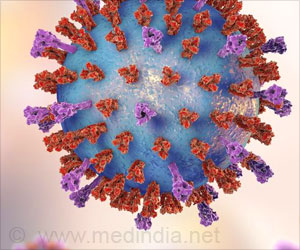Within the human heart are numerous small muscle bundles called the trabeculae carneae. Despite their significance to the heart’s anatomy, their function is not well understood, and most models of the heart ignore them.
‘New computer heart model will help researchers develop surgery to treat diastolic heart failure.’
As people grow older, heart muscles can grow stiff, reducing efficiency and sometimes resulting in untreatable diastolic heart failure. SwRI and UTSA are scanning cadaver hearts using a powerful computer tomography (CT) scanner at SwRI to inform a potential new surgical intervention.
“Capturing the intricate structures of the trabeculae carneae requires something more powerful than an MRI or standard CT scanners,” Bartels said. “We’ll utilize a micro-focus X-ray CT scanner here at SwRI to create images of explanted human hearts.”
The images of the heart’s intricate inner structures will help Han to create a realistic anatomical model of the trabeculae carneae, building on a previous model he developed for the left ventricle.
“This collaboration with SwRI is a first step toward creating a new surgical method,” Han explained. “The computer model will help to provide a much deeper understanding of the trabeculae carneae.”
The images of the heart’s intricate inner structures will help Han to create a realistic anatomical model of the trabeculae carneae. Han has also been working with cardiologist Dr. Marc Feldman at UT Health San Antonio to develop a surgical treatment for subgroups of heart failure patients. This project is a critical step for the efforts.
“I hope that this work can ultimately improve the quality of people’s lives and even save lives in the long run,” Bartels said. “Heart failure is a major problem that affects millions of people.”
SwRI’s Executive Office and UTSA’s Office of the Vice President for Research, Economic Development, and Knowledge Enterprise sponsor the Connect program, which offers grant opportunities to enhance greater scientific collaboration between the two institutions.
Source: Eurekalert



